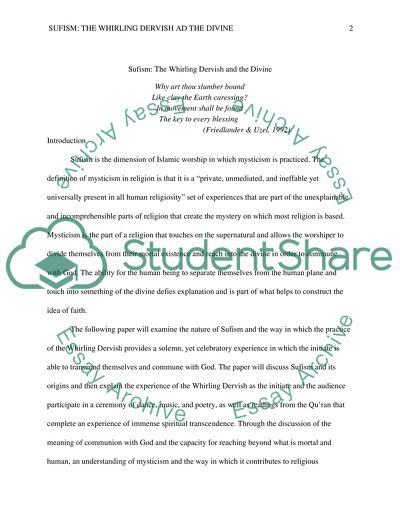Cite this document
(“Shikism:Whirling Dervish Term Paper Example | Topics and Well Written Essays - 2250 words”, n.d.)
Retrieved from https://studentshare.org/religion-and-theology/1468717-shikism-whirling-dervish
Retrieved from https://studentshare.org/religion-and-theology/1468717-shikism-whirling-dervish
(Shikism:Whirling Dervish Term Paper Example | Topics and Well Written Essays - 2250 Words)
https://studentshare.org/religion-and-theology/1468717-shikism-whirling-dervish.
https://studentshare.org/religion-and-theology/1468717-shikism-whirling-dervish.
“Shikism:Whirling Dervish Term Paper Example | Topics and Well Written Essays - 2250 Words”, n.d. https://studentshare.org/religion-and-theology/1468717-shikism-whirling-dervish.


